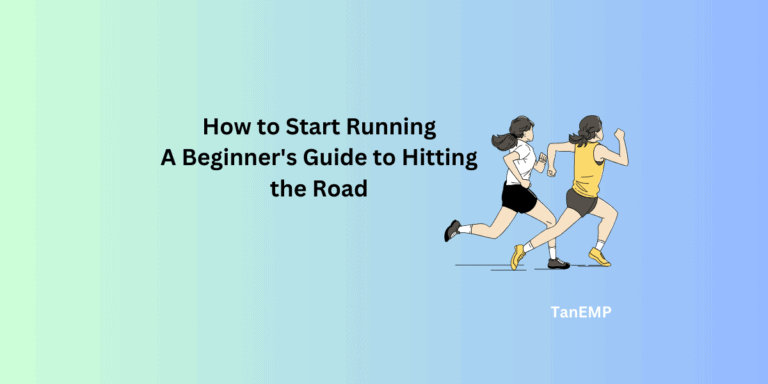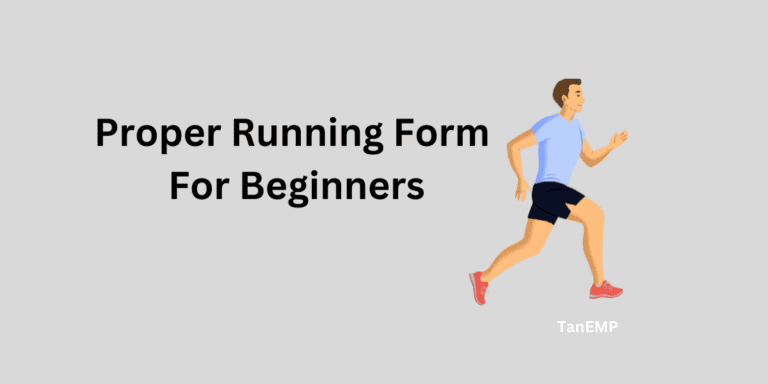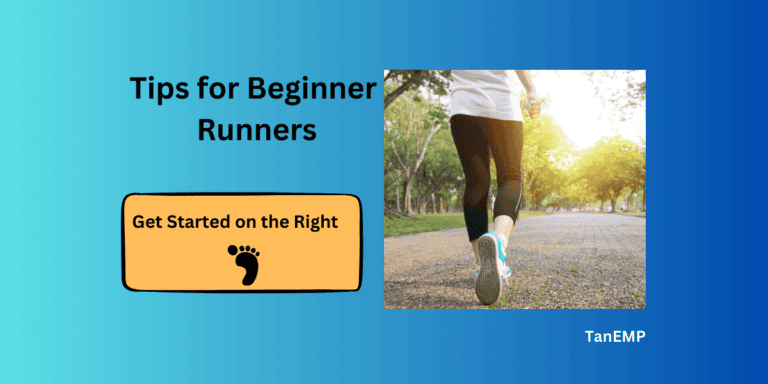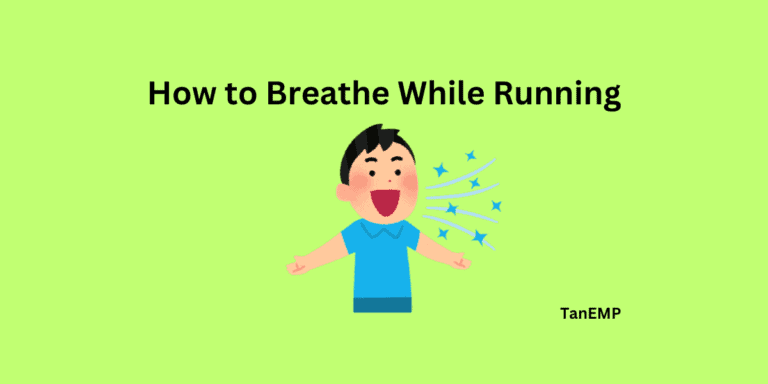Running Cadence for Beginners: Master Your Stride and Improve Speed in 2025
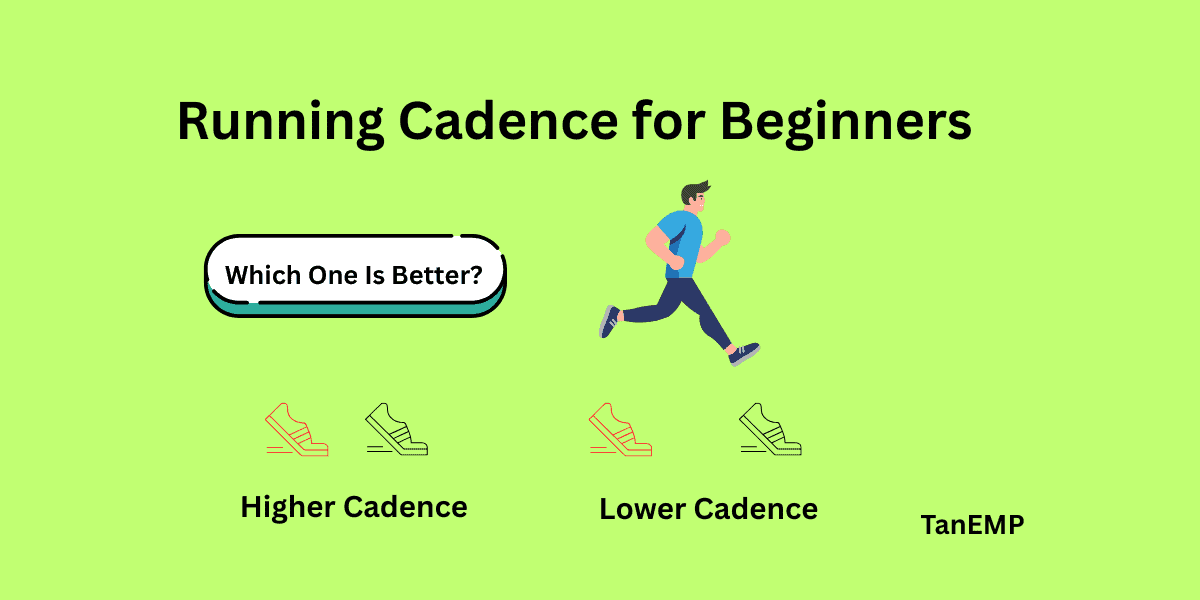
Did you know top runners often take 180 steps per minute?
That’s called running cadence. It helps you run faster, feel better, and avoid injuries.
If you’re new to running, learning about cadence can help you improve. (You might also enjoy our Tips for Beginner Runners post to get started on the right foot.)
In this guide, we’ll break it all down — no fancy terms or gear required. Just easy tips to help you run better and enjoy it more.
What Is Running Cadence and Why Does It Matter?
When I first heard the term running cadence, I figured it was something only elite runners needed to worry about.
But after a few faster runs, my left knee started acting up.
As a chiropractor, I tried correcting my running form and strengthening my weak core muscles. That helped… until I pushed the pace again and the pain came right back. (If you want to learn more about improving your form, check out our detailed post on Proper Running Form for Beginners.)
Eventually, I learned how important cadence is — especially for beginners.
Running cadence is the number of steps you take in a minute, often called steps per minute or SPM. A higher cadence — around 170–180 SPM — usually means shorter, quicker steps.
That helps improve your stride rate, reduce stress on your joints, and make your runs feel smoother. A study from the NIH found that increasing stride rate can significantly reduce the risk of common running injuries.
Now that you know what cadence is, let’s look at how to measure yours — so you can start running smarter, not just harder.
How to Measure Your Current Running Cadence?
To measure your cadence:
- Count how many times your left foot hits the ground in 30 seconds
- Multiply that number by 2 — that gives you your steps per minute
Or use a smartwatch or running app — many display your cadence in real time.
A metronome app is another great tool. It gives you a beat to match your steps to, helping you find a consistent rhythm.
Try checking your current cadence on a few different runs. That’ll help you learn your natural step rate — and where you might want to improve.
(For more on warm-ups, check out our 5-Minute Running Warm-Up guide.)
What Is a Good Running Cadence for New Runners?
Many new runners think that longer strides = faster running. But often, that just leads to more impact on your joints.
A good running cadence for beginners is typically between 160 and 170 SPM. It’s a solid, safe starting point.
You’ll often hear about 180 SPM as the “ideal running cadence,” but that’s not a hard rule. It depends on your height, running speed, and fitness level. Taller runners usually have lower cadence. Shorter runners tend to move more quickly.
If you’re training for a 5K, aiming for 170–180 SPM can help you feel more efficient and comfortable.
When your cadence is lower than 160, it might mean you’re overstriding. Shorter, quicker steps often feel more natural and reduce injury risk.
Factors That Influence Your Running Cadence
Cadence isn’t just about speed — it’s influenced by your body and environment.
Key factors include:
- Leg length: Taller runners often take longer strides, which leads to a slower cadence
- Stride length: Longer strides can cause harder landings; shorter strides usually reduce joint stress
- Terrain: Trail runners often have a slower cadence due to uneven ground
- Shoes and fatigue can impact your natural rhythm
- Running experience: Newer runners may need time to build up their cadence
Understanding these helps you work with your body, not against it, and find a cadence that feels strong and natural. (You might also want to see our post on Muscle Recovery Tips to keep your body ready for training.)
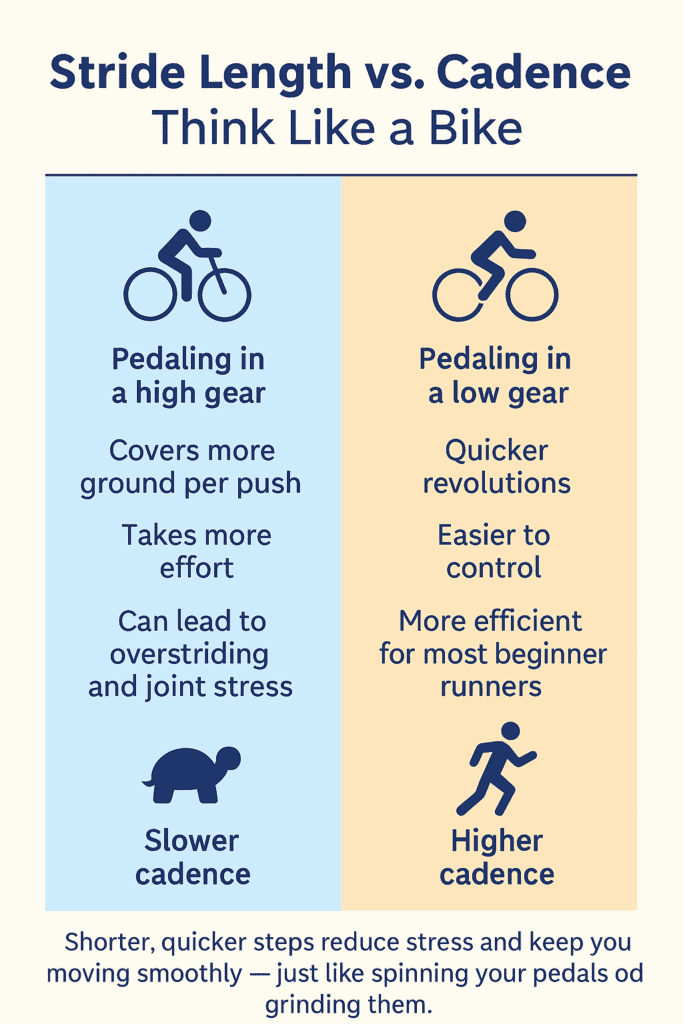
💡 Visual Tip
Think of cadence like bike gears. A lower cadence is like pedaling in high gear — fewer steps, more strain.
A higher cadence is like spinning in low gear — quicker, easier movement.
How to Increase Your Running Cadence Safely
Jumping your cadence too quickly can cause soreness or injury. The key is to go slow and steady.
✅ Follow the 5% Rule
Only increase your cadence by about 5% at a time. That gives your body time to adapt.
Here’s how:
- Add short intervals of quicker steps during your run (try 30 seconds at a faster rhythm, then return to normal pace)
- Use a metronome app or high-tempo playlist to guide your step rate
- Practice regularly — aim for consistency, not perfection. (New runners will find our How to Start Running guide helpful for building a strong, injury-free foundation.)
Over a few weeks, your stride will feel smoother, lighter, and more controlled.
Higher vs. Lower Cadence: Pros and Cons
Here’s a quick breakdown to help you see the difference:
| Cadence Type | Description | Pros | Cons |
|---|---|---|---|
| Higher Cadence (170–180+ SPM) | More steps, shorter strides | ✅ Less joint stress ✅ Better form ✅ Reduces overstriding | ⚠️ Takes time to adjust ⚠️ May feel odd at first |
| Lower Cadence (Under 160 SPM) | Fewer, longer steps | ✅ Feels natural at slow speeds ✅ Less mentally taxing | ⚠️ Can lead to overstriding ⚠️ More impact on joints |
Aim for a comfortable pace where your form feels smooth and natural, not forced.
How Cadence Impacts Injury Prevention
If you’re dealing with aches or pains, your cadence could be the missing link.
Here’s why cadence matters for injury risk:
✅ Less impact per step
✅ Smoother landing under your center of mass
✅ Helps avoid common injuries like:
- Shin splints
- Stress fractures
- Runner’s knee (patellofemoral pain syndrome)
✅ Improves posture and reduces overstriding
Even a small increase in cadence can reduce pounding on your joints — and help you run pain-free longer.
Drills and Exercises to Improve Running Cadence
These drills help train your body to take more steps with less effort, improving your running stride and running economy.
| Drill | How to Do It | Why It Helps | How Often |
|---|---|---|---|
| High Knees | Run in place, knees to waist height | Builds stride rhythm | 2–3 rounds, 20–30 sec |
| Quick Feet | Fast tapping on the ground | Trains fast foot turnover | 3 sets, 15–20 sec |
| Strides | Run 60–100m at 90% effort | Reinforces smooth, quick steps | 4–6 reps |
| Jump Rope (optional) | Light, steady bounces | Improves coordination | 1–2 mins |
✅ Pro Tip: Practice on flat ground so you can focus on form, not footing.
Monitoring Progress and Adapting Over Time
Improving cadence is a long game — but it’s worth it.
Here’s how to stay on track:
- Use your running metrics (watch or app) to track cadence weekly
- Compare how the cadence shifts at different speeds and distances
- Expect changes on hills or during long runs — that’s normal
If progress stalls, check in with a running coach. A quick form check or video review can offer insight and direction.
(Speaking of which, our Run-Walk Method for Beginners article is a great resource to vary intensity and avoid burnout.)
Small steps lead to big gains — literally.
Wrap Up
There’s no magic number — just the rhythm that works best for you.
Understanding your current cadence, making a few smart adjustments, and sticking with consistent practice will help you become a more efficient runner, one step at a time.
Try a few drills. Use a metronome. Adjust gradually.
Because your optimal running cadence isn’t about chasing perfection. It’s about running strong, smooth, and pain-free — in a way that fits your life, not someone else’s pace.
Frequently Asked Questions (FAQs)
1. What is a good running cadence for beginners?
160–170 SPM is a good starting point. No need to hit 180 right away — aim for comfort first.
2. Is 150 cadence too slow?
Not necessarily. If you’re new or running at a slow pace, that can be normal. But quicker steps may help reduce fatigue and pain.
3. Does running cadence affect speed?
Yes — a higher cadence helps reduce bounce and uses energy more efficiently, which can make you faster.
4. How can I improve my running cadence?
Use short intervals, metronome apps, and drills like high knees and quick feet. Follow the 5% rule for safe progress.
5. Do taller runners have lower cadence?
Usually, yes. Taller runners take longer steps, so their cadence tends to be lower. What matters most is finding the rhythm that works for your body.
